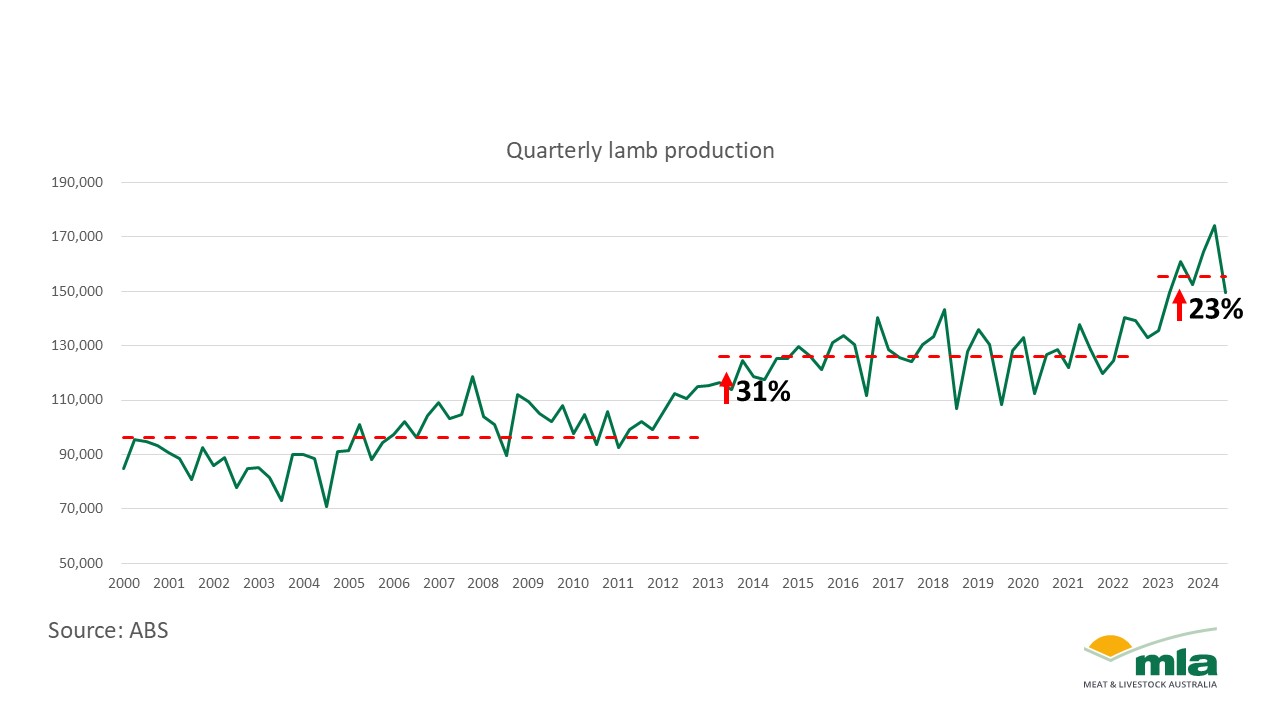The 23rd Tokyo Tech Challenging Research Awards were presented to eleven researchers each of whom will receive a research grant. The Suematsu Challenging Research Award was given to the three most highly qualified researchers among the Challenging Research Award winners. The award ceremony was held on September 13.

Commemorative photo with the award winners

Honorary Professor Suematsu giving a congratulatory address

Award-winner receiving certificate

Award-winning Assistant Prof. Toshihiro CHUJO

Executive Vice President for Research Initiatives Watanabe
The grant was established with the aim of encouraging young faculty members at the Institute to engage in challenging research. It recognizes creative, up-and-coming researchers who boldly pursue the promotion of the most advanced research in the world, pioneering of new fields of study, innovative development of new research, and important issues that are difficult to solve.
The Suematsu Challenging Research Award is given to the highest qualified researchers among the Challenging Research Award winners. This award was established by the “Suematsu Fund”, which was created based on the desire of former President Yasuharu Suematsu to support young researchers. When Professor Yasuharu Suematsu received the Japan Prize in 2014, he donated a portion of the prize money to Tokyo Tech, which established the Suematsu Fund to encourage young researchers. The Fund supports mainly young researchers to encourage their research activities to predict and study the development of unexplored scientific and technological systems in diverse fields and to bring the potential future to real society.
2024 Tokyo Tech Challenging Research Award recipients
Yuto MORITAKE
Assistant Professor, Department of Physics, School of Science
Exceptional-point plasmonic sensor and its application to quantum biology
Kazuki YAMAMOTO
Assistant Professor, Department of Physics, School of Science
Theoretical study for realizing measurement-induced phase transitions in ultracold atoms
Toshihiro CHUJO
Assistant Professor, Department of Mechanical Engineering, School of Engineering
Integrated Attitude-Orbit Control and Mission Design of Solar Sail and Preparation for Technology Demonstration in Space
Takashi HARUMOTO
Associate Professor, Department of Materials Science and Engineering, School of Materials and Chemical Technology
Hydrogen detection via correlation among electricity, magnetism, and strain
Yasuhiko ORITA
Assistant Professor, Department of Chemical Science and Engineering, School of Materials and Chemical Technology
Design of acoustic responsive liposome based on CO2 dynamics and application for drug release technology
Ayumi NAGASHIMA
Assistant Professor, Department of Life Science and Technology, School of Life Science and Technology
Identification of the solute selectivity mechanism of aquaglyceroporin by comparative and evolutionary physiological analysis
Taizo MARUYAMA
Associate Professor, Department of Civil and Environmental Engineering, School of Environment and Society
Development of wave propagation model in concrete
Kozue NISHIDA
Associate Professor, Department of Transdisciplinary Science and Engineering, School of Environment and Society
Development of clumped isotope analysis techniques to unveil the habitat histories of marine organisms
Saeko YANAKA
Associate Professor, Laboratory for Materials and Structures, Institute of Innovative Research
Comprehensive exploration of potential functional sites of antibody molecules
Takafumi YAMAMOTO
Associate Professor, Laboratory for Materials and Structures, Institute of Innovative Research
Material design based on defect ordering
Ryosuke TAKEHARA
Assistant Professor, Laboratory for Chemistry and Life Science, Institute of Innovative Research
Exploration of Unconventional Thermal Transport Originating from Molecular Dynamics
Comments from the Suematsu Challenging Research Award winners
Yuto MORITAKE
Assistant Professor, Department of Physics, School of Science

I am deeply honored to receive the prestigious Suematsu Challenging Research Award. It is particularly moving for me as a researcher in optical science to receive an award named after Professor Suematsu, who made significant contributions to this field globally. I would like to express my heartfelt gratitude to Prof. Masaya Notomi from the School of Science’s Department of Physics and to all those who have supported me throughout my research journey.
Nanophotonics is a field that studies and controls light-matter interaction using structures on the scale of hundreds of nanometers, comparable to the wavelength of light. Recently, groundbreaking optical control mechanisms utilizing ideas from condensed matter and quantum physics have been reported. The purpose of my research project is to achieve highly sensitive optical sensing by applying the principles of non-Hermitian physics. This high sensitivity will be leveraged to detect quantum biological signals, which are typically difficult to measure due to their weak nature. Through interdisciplinary research spanning physics, engineering, and biology, the development of a new scientific principles and optical technologies is expected.







